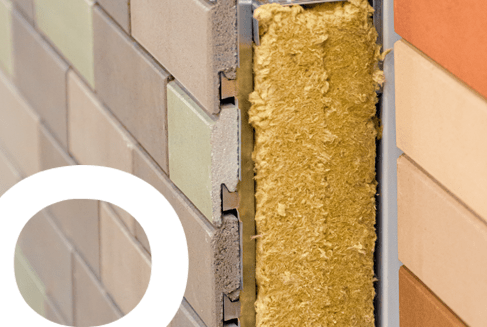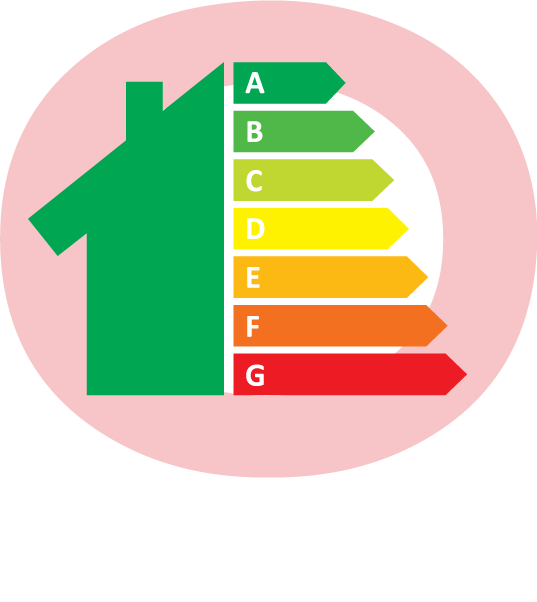Internal wall insulation
Internal wall insulation for solid walls could lower your energy bills by £930 each year.
Installed in homes with solid walls, internal wall insulation cuts heating costs and makes your home more comfortable and energy efficient in both the winter and summer months.
Not only does internal wall insulation keep your home warmer in the winter, but it helps to keep it cooler in the summer, too..

How internal wall insulation works
At Outlook Energy Solutions, we’re experts in professionally installing internal wall insulation. We follow the same procedure for different types of properties, ensuring all solid walls are efficiently insulated.
It’s important to remember that internal wall insulation not only makes a home energy efficient in the winter, by keeping warm air contained, but it keeps homes cooler in the summer by keeping heat out.
Here is the process we follow for every internal solid wall insulation installation.
Energy bill savings with internal wall insulation
Have your energy bills crept up? Are you finding it tougher to keep your home warmer for longer? Well, with internal wall insulation, you can increase the energy efficiency of your home with our high-quality insulation materials.
Here’s how much you can save on your annual energy bill with internal wall insulation depending on the type of property you live in.
£420
£315
£540
£930
Source
These energy-saving estimates are based on insulating a gas-heated home. Prices are based on fuel prices as of October 2022.
Benefits of insulation
Funding available with government-backed grants
As part of the UK government’s initiative to cut carbon emissions, grants are available to fund energy-efficient upgrades to homes with low energy ratings.
If you are living on a low-income or receive income-related benefits, you could be eligible to receive full funding for home insulation, air source heating and solar panel energy.

Internal Wall Insulation FAQs
What is internal wall insulation?
Internal wall insulation involves insulating the interior face of external walls to improve the thermal performance of the home.
There are several ways of installing solid wall insulation, and one of the most common is to build a stud wall filled with insulating material.
Internal wall insulation can be disruptive and may require the removal and re-fixing of radiators, kitchen units, and light switches, etc.
It is essential to create an airtight barrier to retain heat within the home. This could require work on awkward areas like floor space and reveals.
What type of insulation materials are used by internal wall insulation installers?
There are many different types of insulation materials used by internal wall insulation installers. They include:
Blown mineral fibre, polystyrene beads, and urea-formaldehyde foam – Often used for cavity walls.
Mineral wool – Can be installed in rolls or batts and can be attached to the wall or between wall studs.
Rigid foam boards – Made from materials like expanded polystyrene (EPS), extruded polystyrene (XPS), and polyisocyanurate (PIR).
Natural fibre – Made from materials like sheep’s wool and hemp. It’s sustainable, environmentally friendly and offers excellent thermal performance.
Does internal wall insulation cause damp problems?
If installed correctly, internal wall insulation does not cause damp problems.
However, condensation and moisture can build up if installed incorrectly.
Some installation considerations include:
- Ensuring there’s plenty of ventilation.
- Don’t install where there is already damp; this must be repaired.
- Install a vapour barrier; a damp-proof membrane will prevent moisture from penetrating the walls.
- Use breathable insulation materials.
If you have any more questions about internal wall insulation, don’t hesitate to contact us today.
Am I eligible for free internal wall insulation?
The UK government is determined to cut carbon emissions so is providing grants to fund energy-efficient upgrades to homes with a poor energy performance certificate rating.
If you receive income-related benefits or you’re living on a low income, you may be eligible to receive full funding for internal wall insulation and more, including loft insulation, air source heat pump installation and more.